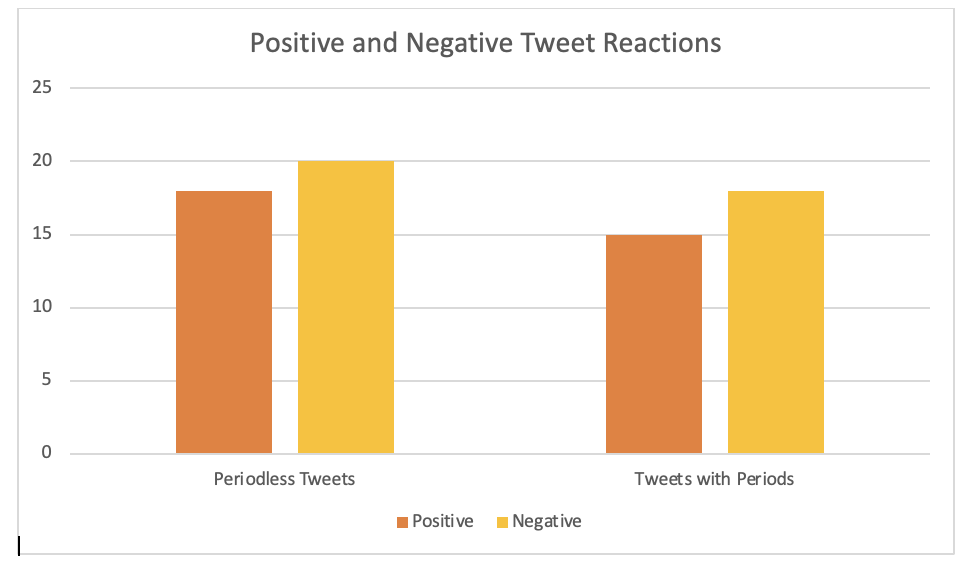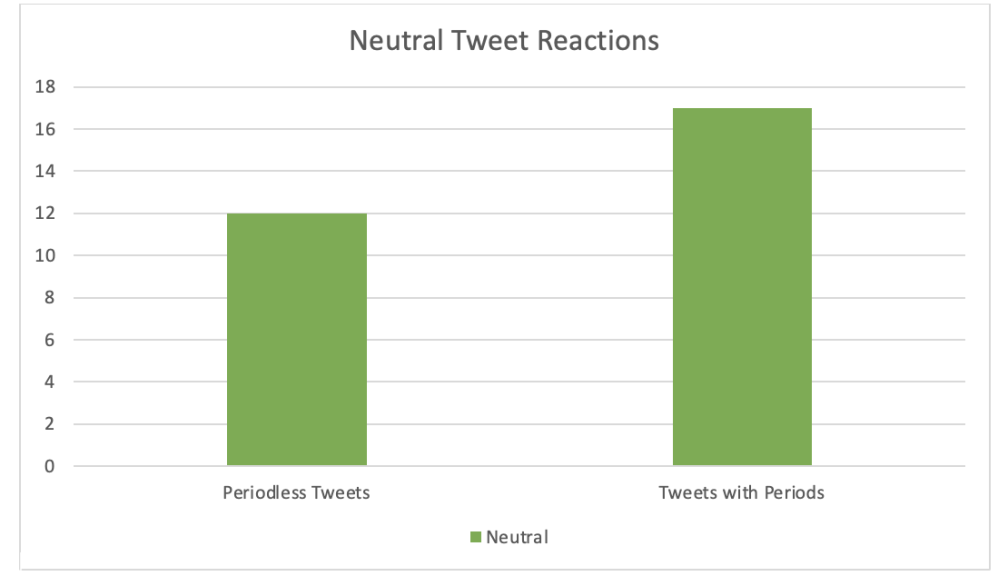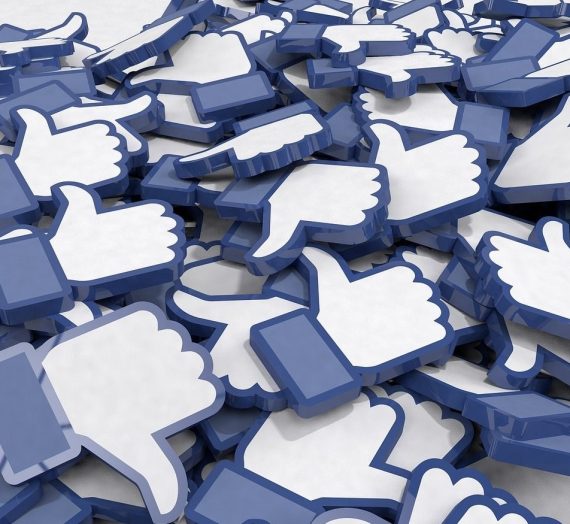Has a message or post with a period at the end ever made you feel like the message was very abrupt or angry?
Periods have their own social language in the realms of social media and internet communication. Sometimes, companies, and often people in general, may not know what type of punctuation to use or not to use to keep up with social norms and better reach their followers and friends.
What is Period Politeness?
The period has long been understood by many in the younger generations to signify anger in texting and instant messaging. Revanya Adira Corazan Junor has found in Indonesian instant messages that Millennials avoid using a period to demonstrate happiness or neutrality and use a period when angry or annoyed.
Florian Busch has also found in German text messages that using a period can signify a way to ignore certain issues and end the conversation. In today’s world of internet speech then, anger or indifference can be portrayed by a single punctuation mark.
I call this phenomenon “period politeness,” which I define as the generational (usually Millennials and Gen Z) lack of period usage within a digital message to convey positive emotions.
Because other research has already looked closely at how period politeness operates in texting and instant messaging, in this article I’m examining it on social media. Specifically, let’s look at how periods (or the lack thereof) increase or decrease positive reactions.
Analysis Methods of Period Politeness
For this pilot study, I took 100 random comments from five different fast-food restaurants. I choose fast-food restaurants as the basis for my study because tweets from restaurants like these are often funny, and they talk to their customers much like a person would talk to their friends (if that person were trying to get their friends to buy something).
The specific tweets that I chose, while advertising the restaurant and its food in general, all had a comedic twist to entertain customers. From each restaurant I took two tweets, one containing a period while the other did not. I then coded 10 comments from each tweet type to reveal which ones were positive, negative, or neutral toward the tweet in question or the restaurant in general.
Comments were coded as follows:
- Positive comments: Praised the restaurants or the tweet, were sometimes playful in response to the playful tweet, or provided a good review about the food or restaurant. For example, “Now I want to eat more Wendy’s!”
- Negative comments complained about the restaurant or tweet, degraded the tweet, or left a bad review about the food or restaurant. For example, “Wendy’s gave me the worst service ever!”
- Neutral comments neither praised nor degraded the restaurant itself or the tweet, were not playful in nature, and did not provide an opinion about the food or restaurant. For example, “Do you have this burger on the menu?”
Results: What do the Periods Say?

As can be seen in the graph above, the overall reactions towards the tweets show that both the tweets with and without a period have higher negative reactions than positive reactions, though the positive reactions are not far behind.
Based on the total positive and negative comments within each tweet group, the sentiment skews similarly and just slightly negative. So, when we look at just the positive and negative tweets, commenters don’t have particularly polarized reactions to a change in punctuation.

Things get more interesting when we add in the neutral tweets. Tweets that contain a period have 17 (34%) comments that show a neutral reaction. This number is very consistent with the positive and negative reactions, which are at 15 (30%) and 18 (36%) respectively. Thus the sentiment of tweets with a period was divided fairly evenly in thirds.
The neutral reaction from the periodless tweets consists of 12 (24%) comments. This contrasts from the 18 (36%) positive comments and 20 (40%) negative comments coded under periodless tweets. Adding in the neutral tweets helps us see that, compared to commenters on tweets with periods, commenters on the periodless tweets are proportionally more inclined to react positively or negatively instead of remaining neutral.
Should we use periods or not?
So do periods (or lack thereof) increase or decrease positive reactions from people? The data suggests that for reactions to restaurants’ comedic posts, the positive reactions are overall very similar with only a 3-comment (6%) difference between tweets with and without periods. There appears to be no strong association between positive comments and the presence of a period.
But the use of a period could still affect how people comment. Commenters expressed more negative and positive sentiment when there was no period, and they expressed more neutral sentiment when there was a period. Perhaps commenters feel more at ease to comment positively or negatively when replying to a message without a period. Whereas when commenters are faced with a period, they feel more reserved and thus have a greater neutral response.
So if you want your commenters to feel free to express their true opinions, consider losing that period at the end of your sentence. A period-free sentence may just be a better way to make someone else feel more comfortable while responding to you.
Do you feel more comfortable responding with your true feelings when your friends or companies send you a message with a period or without a period? Consider conducting research of your own to see if you can see the period politeness phenomena in your own social media.
Let us know what you find!
-Sarah Elliott, Netiquette
FEATURE IMAGE BY Daddy Mohlala




